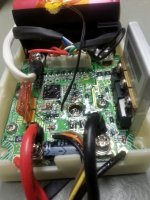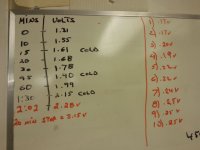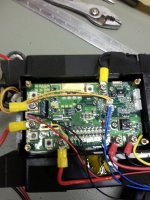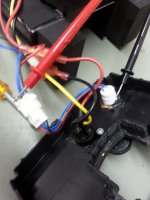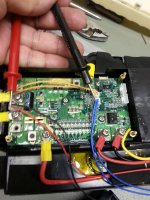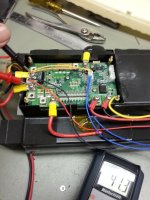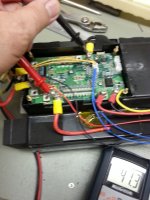I need to keep in mind that I really just want to get this bike going and enjoy. Even though I want to use both batteries, I don’t want to invest in tools I really won’t use again.
Just need to repair, rebuild or refurbish these batteries in the most cost efficient and reliable way.
A low current capable charger seems to easily go for $100 or more around my area and that’s with no guaranty that I can save these 8 year old cells. And even if I do revive them...will they last for many more years. Also, is there a chance they can swell up in the bike frame getting stuck forever.
It may be more value added to cannibalize a $5 microwave on Craigslist, build a battery tab spot welder and put the $100 towards new cells and rebuild the pack using the original case and BMS.....
Still new at this so I will keep on searching for options. Any and all advise is still welcome please.
Just need to repair, rebuild or refurbish these batteries in the most cost efficient and reliable way.
A low current capable charger seems to easily go for $100 or more around my area and that’s with no guaranty that I can save these 8 year old cells. And even if I do revive them...will they last for many more years. Also, is there a chance they can swell up in the bike frame getting stuck forever.
It may be more value added to cannibalize a $5 microwave on Craigslist, build a battery tab spot welder and put the $100 towards new cells and rebuild the pack using the original case and BMS.....
Still new at this so I will keep on searching for options. Any and all advise is still welcome please.


